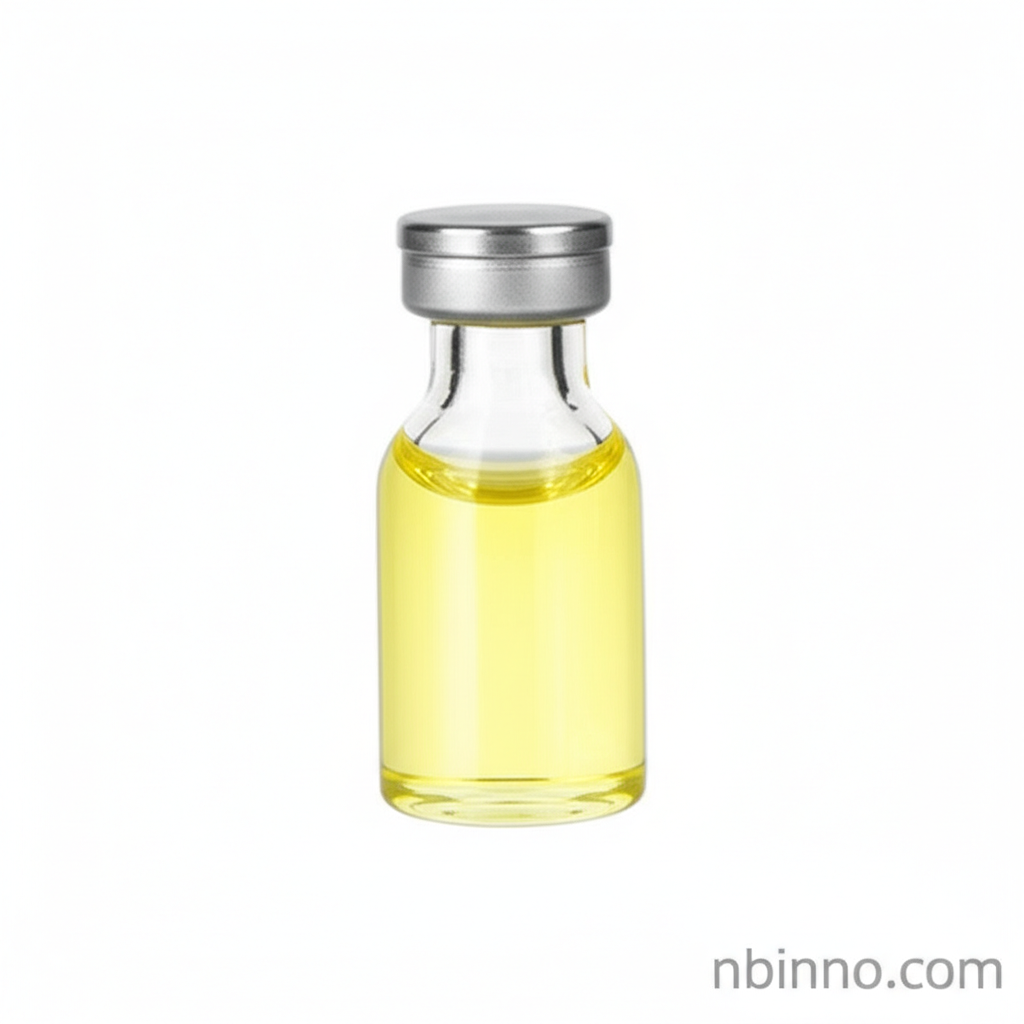1-Chloro-6,6-dimethyl-2-hepten-4-yne: A Vital Intermediate in Antifungal Drug Synthesis
Explore the chemical properties and pharmaceutical applications of this key building block for modern antifungal treatments.
Get a Quote & SampleProduct Core Value

1-Chloro-6,6-dimethyl-2-hepten-4-yne
This compound is a critical component in the pharmaceutical manufacturing of potent antifungal agents. Its unique structure makes it an invaluable building block in complex organic synthesis pathways, contributing to the production of essential medicines that combat fungal infections.
- A key intermediate in the synthesis of Terbinafine, a widely used antifungal medication, showcasing its importance in the pharmaceutical supply chain.
- Exhibits biological activity by inhibiting squalene epoxidase, a vital enzyme in fungal ergosterol biosynthesis, crucial for antifungal efficacy.
- Serves as a versatile building block in organic synthesis, enabling chemists to construct complex molecular architectures for various applications.
- The precise 1-chloro-6,6-dimethyl-2-hepten-4-yne synthesis pathways are optimized for yield and purity, ensuring its suitability for pharmaceutical-grade production.
Key Advantages
Pharmaceutical Purity
Ensures high purity required for pharmaceutical intermediates, minimizing unwanted byproducts in the final drug formulation. This adherence to quality standards is paramount.
Versatile Reactivity
The presence of alkene, alkyne, and chloro functional groups offers diverse reactivity, making it a flexible tool for various organic synthesis challenges.
Established Supply Chain
Reliable sourcing and production capabilities support consistent availability for pharmaceutical manufacturing, meeting the demands of the healthcare industry.
Key Applications
Antifungal Drug Synthesis
As a primary intermediate for Terbinafine, it is fundamental to the production of treatments for superficial fungal infections of the skin and nails.
Advanced Organic Synthesis
Its unique enyne structure with a terminal chlorine atom makes it a valuable reagent for constructing complex organic molecules in research and development settings.
Chemical Intermediate
Used as a precursor in various chemical reactions, contributing to the synthesis of fine chemicals and specialty materials beyond pharmaceuticals.
Drug Discovery Research
Its role in inhibiting squalene epoxidase makes it a subject of interest for developing new antifungal agents and understanding fungal metabolic pathways.
